6 Best Museums In Tanzania
Tanzania is in East Africa, known for its rich cultural heritage and diverse wildlife. There are 6 best museums in Tanzania.
Museums in Tanzania play an essential role in preserving the country’s history and heritage and educating visitors about its unique culture and traditions.
Several museums are located throughout Tanzania, showcasing a variety of exhibits and artifacts related to the country’s history, culture, and natural resources.
These museums offer visitors a unique glimpse into Tanzania’s rich cultural heritage.
They are a must-visit for anyone interested in learning more about the country’s history, culture, and natural resources.
What are The Best Museums In Tanzania?
Tanzania has several museums that showcase its rich cultural and natural heritage. Some of the prominent museums in Tanzania are:
- National Museum of Tanzania
- Olduvai Gorge Museum
- Zanzibar Museum
- Arusha Natural History Museum
- Mwalimu Julius K. Nyerere Memorial Museum
- National Museum of African Art
These are just a few of the many museums in Tanzania that offer a glimpse into the country’s rich heritage and culture.
National Museum of Tanzania
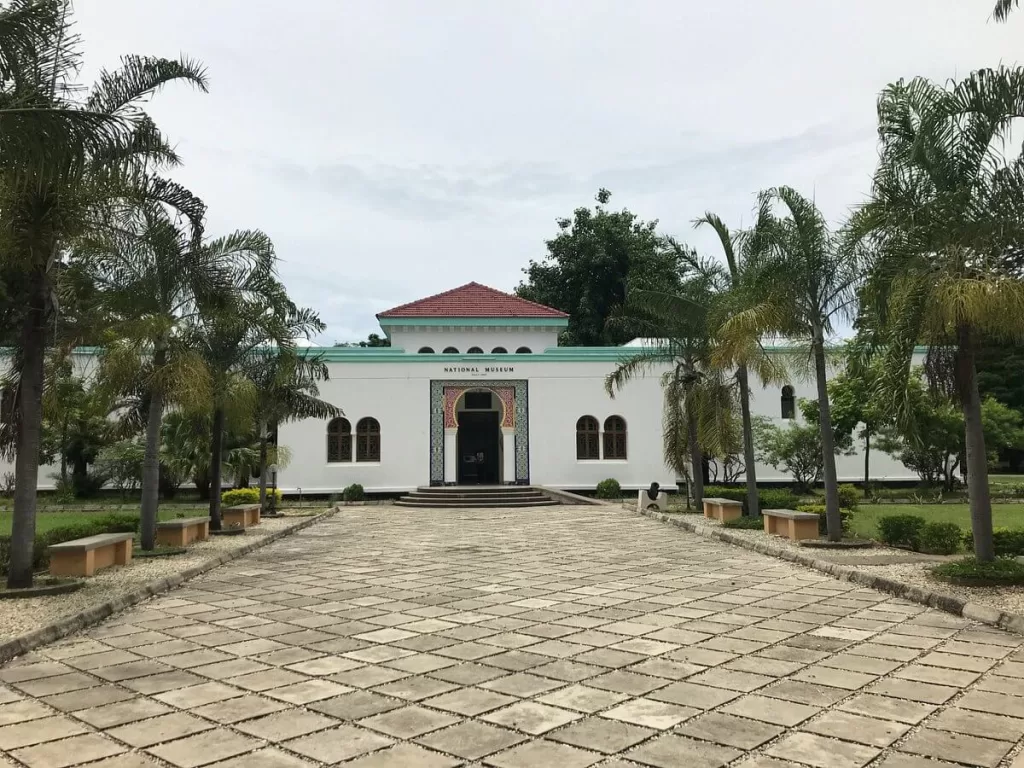
Photo Credit: Tripadvisor
The National Museum of Tanzania is the largest in Tanzania and is in Dar es Salaam.
The museum was established in 1934 and had a collection of over 350,000 items, including exhibits on natural history, ethnography, and archaeology.
The museum has several sections, including the Main Gallery, which showcases Tanzania’s history, culture, and natural history.
The area on human evolution is particularly notable, as it has a collection of fossils and artifacts that date back millions of years, including some of the earliest human remains in the world.
The museum also has an ethnography section showcasing the cultural traditions and practices of Tanzania’s various ethnic groups.
There are exhibits of traditional music, dance, art, and displays of standard tools and weapons.
The National Museum of Tanzania hosts temporary exhibitions on various topics in addition to its permanent exhibits.
The museum has a research center and library open to scholars and researchers.
Overall, the National Museum of Tanzania is an important institution that plays a crucial role in preserving and promoting Tanzania’s cultural and natural heritage.
Olduvai Gorge Museum
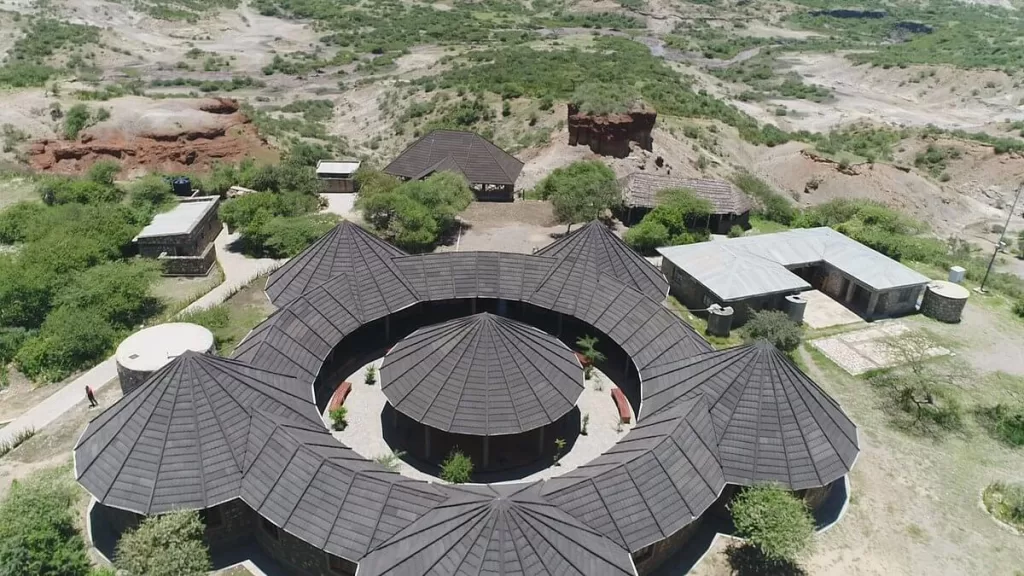
Photo Credit: Tripadvisor
The Olduvai Gorge Museum is located in the Olduvai Gorge, a deep ravine in the Great Rift Valley of Tanzania.
The museum is for the archaeology and natural history of the area, considered one of the most important archaeological sites in the world.
The Olduvai Gorge is famous for its discoveries of early human fossils and stone tools, which have helped to shape our understanding of human evolution. The museum has a collection of these fossils and artifacts for visitors.
The museum has several exhibits on the history and geology of the Olduvai Gorge, as well as the flora and fauna of the surrounding area. There are also displays of the culture and traditions of the Maasai people, who are native to the site.
In addition to its exhibits, the Olduvai Gorge Museum also offers guided tours of the Olduvai Gorge itself, where visitors can see the actual excavation sites and learn about the ongoing research in the area.
Overall, the Olduvai Gorge Museum is an important institution that provides a unique glimpse into Tanzania’s history and natural heritage and is a must-visit destination for anyone interested in human evolution and archaeology.
Zanzibar Museum
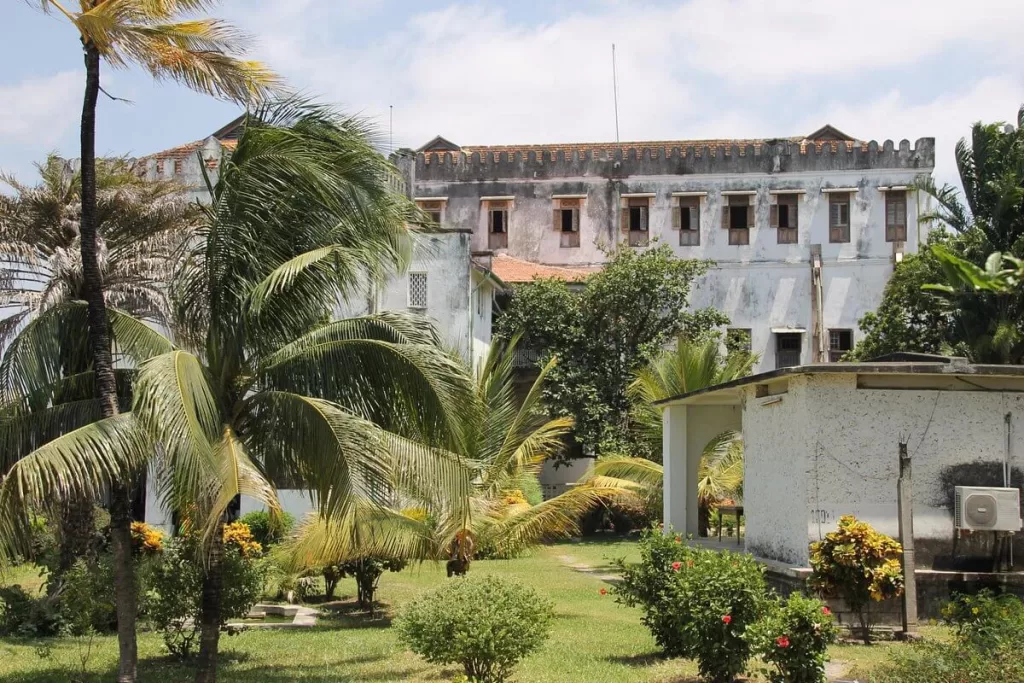
Photo Credit: Tripadvisor
The Zanzibar Museum, also known as the Zanzibar National Museum, is located in Stone Town, the historic center of the island of Zanzibar. The museum is for preserving and promoting the island’s cultural heritage.
The museum has several exhibits on the history and culture of Zanzibar, including the slave trade, which was a significant part of the island’s history. There are displays on the role of Zanzibar in the Indian Ocean trade and exhibits on the island’s colonial past.
The museum also has exhibits on Swahili culture, including traditional music, dance, and art. There are displays of traditional clothing and jewelry, as well as presentations on the food and daily life of the people of Zanzibar.
One of the museum’s highlights is the Sultan’s Palace, located within the museum complex.
The palace was built in the 19th century for the sultans of Zanzibar and has been preserved as a museum exhibit.
Overall, the Zanzibar Museum is an important institution that offers a glimpse into the rich cultural heritage of Zanzibar.
It is a must-visit destination for anyone interested in the history and culture of East Africa.
Arusha Natural History Museum
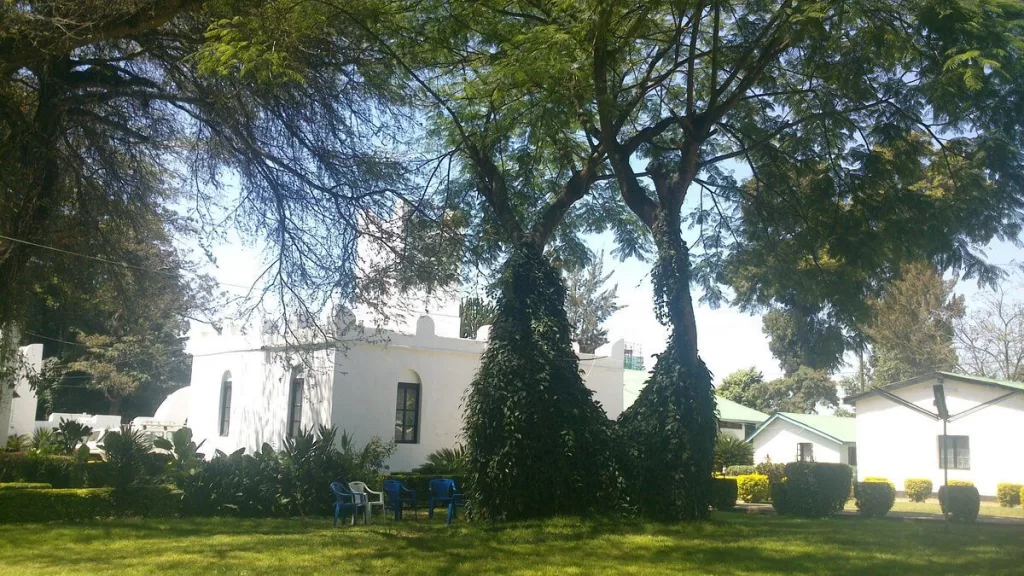
Photo Credit: Tripadvisor-
The Arusha Natural History Museum is in the city of Arusha, in northern Tanzania.
The museum is for showcasing Tanzania’s natural history and wildlife, including its rich biodiversity and geology.
The museum has several exhibits on Tanzania’s flora and fauna, including displays of birds, mammals, reptiles, and insects.
The museum also has a section on the geology of Tanzania, with exhibits of rocks, minerals, and fossils found in the region.
One of the museum’s highlights is the Hall of African Mammals, which has a collection of over 200 mounted specimens of African wildlife.
Visitors can see exhibits of big cats, primates, antelopes, and other mammals in their natural habitats.
The museum also has a section on human evolution, with exhibits on the origins of humans and the different stages of human development. There are displays of early hominid fossils found in Tanzania, including those from the famous Olduvai Gorge.
In addition to its exhibits, the Arusha Natural History Museum has a research center and library open to scholars and researchers.
Overall, the Arusha Natural History Museum is an important institution that provides a unique glimpse into the natural history and wildlife of Tanzania and is a must-visit destination for anyone interested in the ecology and biodiversity of East Africa.
Mwalimu Julius K. Nyerere Memorial Museum

Photo Credit: Mwanzacity
The Mwalimu Julius K. Nyerere Memorial Museum is in Butiama, a small village in northern Tanzania.
The museum for the life and legacy of Mwalimu Julius K. Nyerere, the first President of Tanzania, widely regarded as the father of the nation.
The museum has several exhibits on the life and work of Nyerere, including displays of his personal belongings, photographs, and speeches.
Visitors can learn about his role in Tanzania’s struggle for independence and his efforts to build a united and prosperous nation after independence.
The museum also has exhibits on the culture and traditions of the Wagogo people, who are native to the region around Butiama.
There are displays of traditional music, dance, and art, as well as exhibits on the history and daily life of the Wagogo people.
One of the museum’s highlights is Nyerere’s house, which has been preserved as a museum exhibit. Visitors can see the rooms where Nyerere lived and worked, as well as his library and study.
The Mwalimu Julius K. Nyerere Memorial Museum is an important institution that provides a unique glimpse into the life and legacy of one of Tanzania’s most important historical figures. It is a must-visit destination for anyone interested in the history and culture of Tanzania.
National Museum of African Art
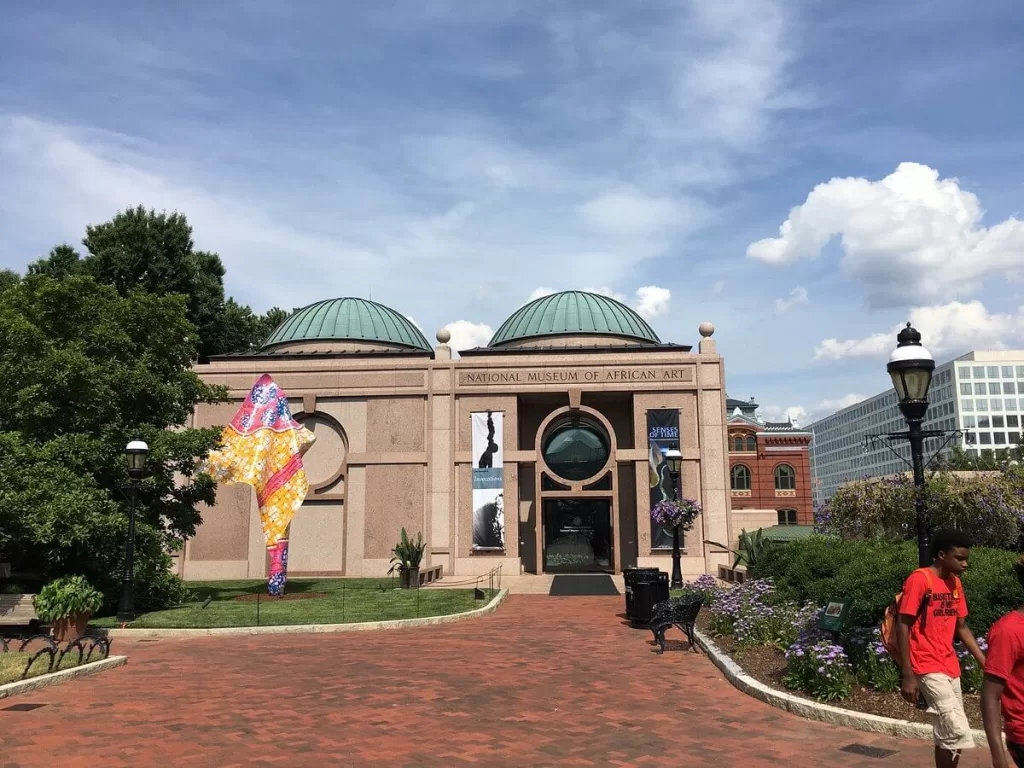
Photo Credit: Tripadvisor
The museum has a collection of over 12,000 objects, including traditional and contemporary art from across the African continent.
The collection includes sculptures, textiles, paintings, photography, and other media.
One of the museum’s highlights is the African Mosaic exhibit, which showcases African art and cultural diversity by selecting objects from the museum’s collection.
The exhibition is organized geographically, with displays from West, Central, East, and Southern Africa.
The museum also has a section on contemporary African art, with exhibits of works by contemporary African artists working in various media.
The museum frequently hosts temporary exhibitions on different African art and cultural topics.
In addition to its exhibits, the National Museum of African Art offers educational programs, including workshops, lectures, and cultural events.
The museum also has a research center and library open to scholars and researchers.
The National Museum of African Art is an important institution that provides a unique window into the rich cultural heritage of Africa.
It is a must-visit destination for anyone interested in African art and culture.
In conclusion, museums in Tanzania are important institutions that serve as gateways to the country’s rich cultural heritage.
Through various exhibits and artifacts, they offer visitors a unique opportunity to learn about Tanzania’s history, culture, and natural resources.
These museums provide a valuable platform for education, research, and cultural preservation, from the National Museum of Tanzania in Dar es Salaam to the Olduvai Gorge Museum in the Ngorongoro Conservation Area.
By showcasing the country’s diverse cultural traditions and natural resources, they help to promote a greater understanding and appreciation of Tanzania’s past and present.
In essence, museums in Tanzania are vital institutions that play a crucial role in preserving the country’s history and cultural identity for future generations.

Ibrahim Momoh is a passionate travel content writer. He specializes in all aspect of traveling.

